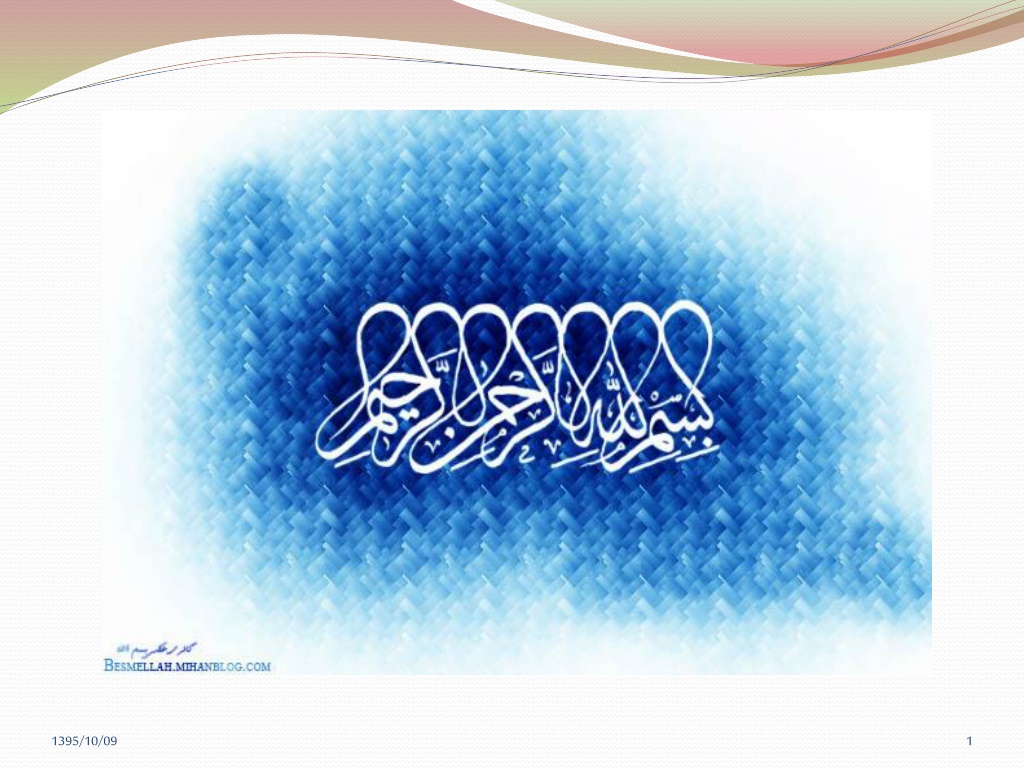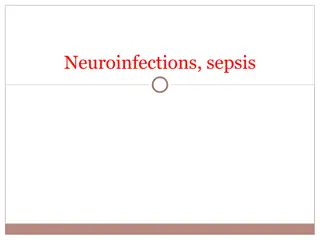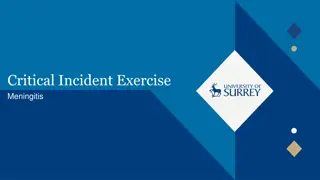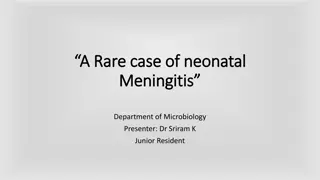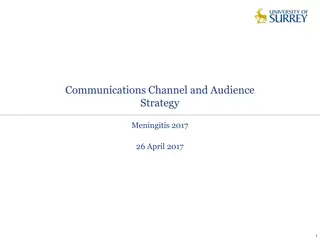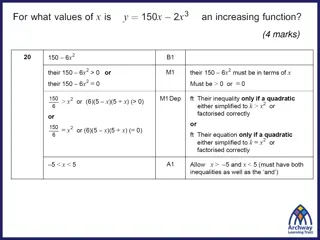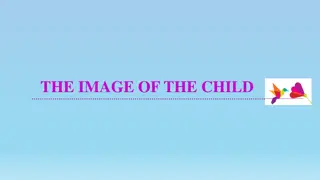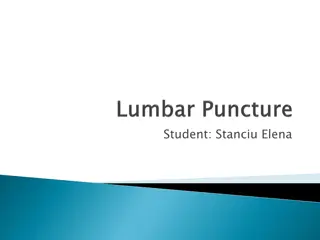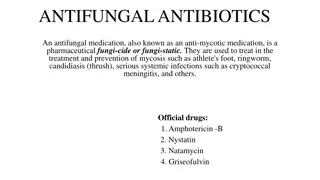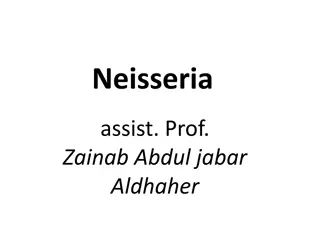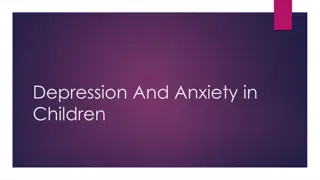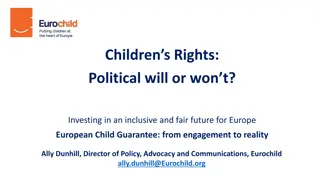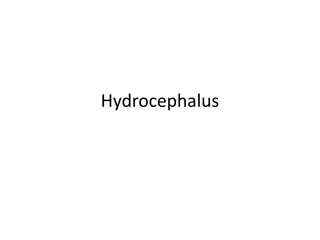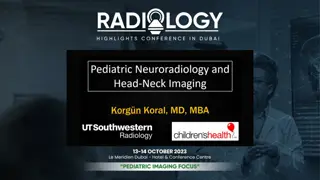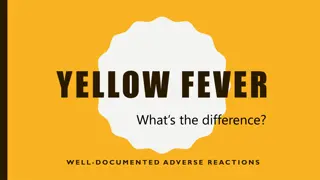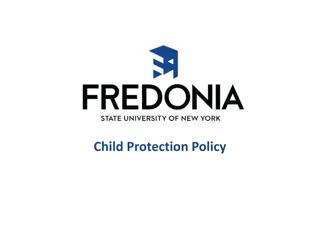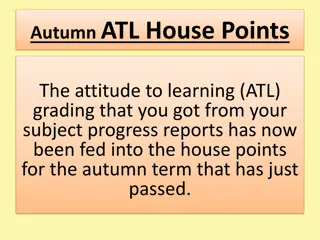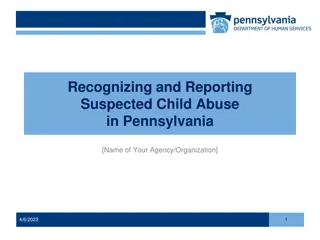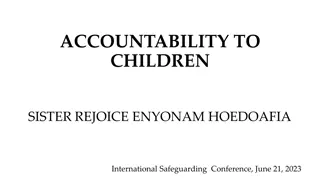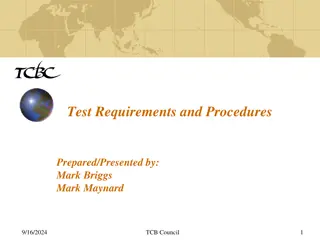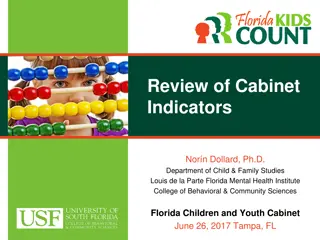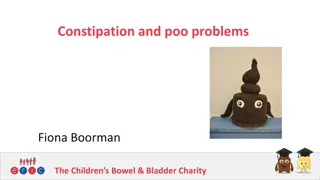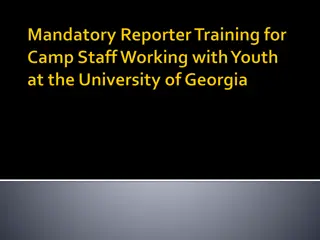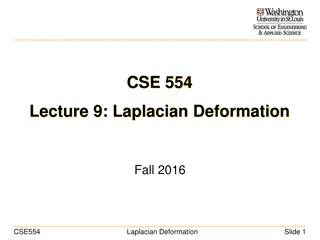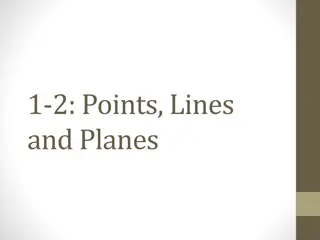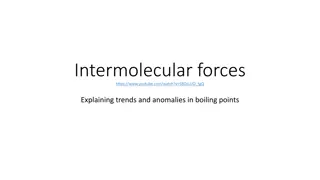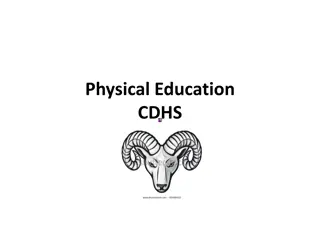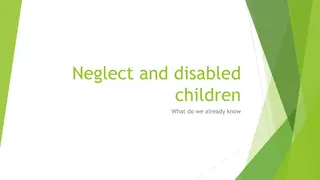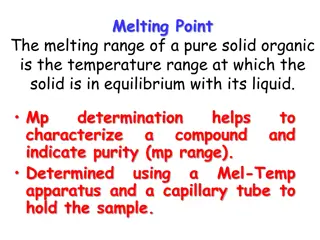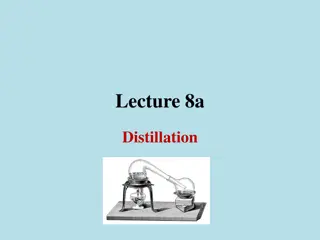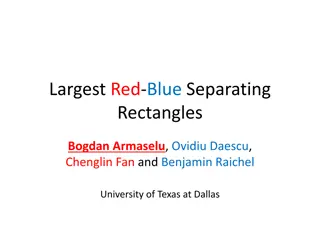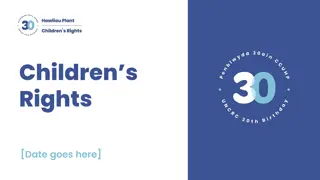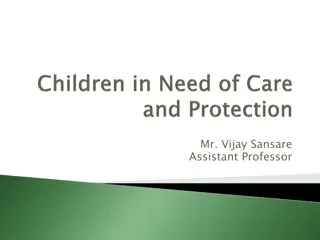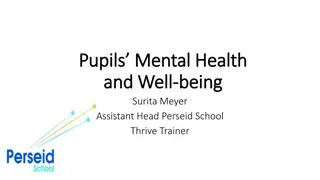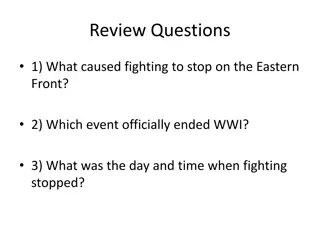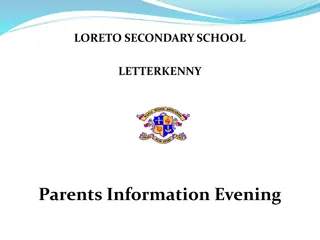Recognizing and Managing Meningitis in Children: Key Points and Procedures
Amidst images of diagnostic criteria and contraindications, this content discusses signs of meningitis in children, the importance of lumbar punctures, and contraindications for immediate LP procedures. It emphasizes key symptoms like nuchal rigidity, altered consciousness, and signs of increased ICP, guiding medical professionals in the assessment and management of suspected cases.
Uploaded on Oct 09, 2024 | 0 Views
Download Presentation

Please find below an Image/Link to download the presentation.
The content on the website is provided AS IS for your information and personal use only. It may not be sold, licensed, or shared on other websites without obtaining consent from the author. Download presentation by click this link. If you encounter any issues during the download, it is possible that the publisher has removed the file from their server.
E N D
Presentation Transcript
Suspicion to meningitis Fever and meningeal inflammation: Nuchal rigidity Decreased LOC: irritability, restlessness, confusion, lethargy, Poor feeding Seizures in age< 12 mo Bulging fontanel Focal findings Fever and petechiaeand purpura Fever in < 1-3 mo. Fever and recent significant head trauma Facial cellulitis without trauma Pre-septal cellulitis without trauma+ especially fever and age<12 mo Sepsis 1395/10/09 4
Lumbar puncture in FC Should be performed : Meningeal signs Other features of meningitis (nonresponsive, bulging fontanel, altered consciousness, Petechial rash, not well) Should be considered : Age 6-12 mon. Febrile status epilepticus May be considered: When the patient is on antibiotics When FC occur after the second day of illness Age of 12-18 mo and no source of fever Complex FC 1396/01/31 6
Facial cellulitis 1395/10/09 7
False negatives of nuchal rigidity in meningitis Age< 12-18 mo Coma Focal or diffuse neurologic deficits Early meningitis, particularly in young children. 1395/10/09 9
Contraindications for an immediate LP Evidence of increased ICP(except bulging fontanel) 3rd or 6th cranial nerve palsy Depressed level of consciousness Severe headache, Vomiting Papilledema Hypertension with bradycardia or tachycardia Pupillary changes (eg, anisocoria) Abnormal breathing patterns (eg, Cheyne Stokes respirations) Status seizures Severe cardiopulmonary compromise Skin infection at the site of the LP Thrombocytopenia <20,000 or coagulopathy 1395/10/09 11
Indications of CT then LP Altered mental status (GCS <12 or drop in GCS of 2) Papilledema Other symptoms of increased ICP 1395/10/09 13
Indications of CT then LP Immune deficiency Focal neurologic deficit CSF shunt Hydrocephalus CNS trauma History of neurosurgery or a space-occupying lesions Right to left cardiac shunt 1395/10/09 15
Elevated ICP findings on head CT Midline shift Effacement of the basilar cisterns Effacement of the sulci 1395/10/09 17
LP An experienced assistant who can position, restrain, and comfort the patient Lateral decubitus or seated position with the neck and legs flexed Sick neonates in a seated position Shoulders and hips Be straight 1395/10/09 19
Normal CSF analysis WBC<5, all lymphocytes; in neonates< 30(15), in 1-3 mo.< 9 Pr: 10-40 mg/Dl in > 3 mo ; in neonate <120 mg/dL Glucose : 60% of the pre-LP BS 1395/10/09 21
CSF findings in typical bacterial meningitis WBC >1000 with a predominance of PMN Glucose <40 mg/dL Protein between 100 and 500 mg/dL Early in the course, few or no WBCs and/or NL Protein and Glucose may be present Pleocytosis with a lymphocyte predominance may be present during the early stage 1395/10/09 23
CSF findings in typical viral meningitis WBC of <500 with a mononuclear predominance Normal CSF glucose CSF protein <100 mg/dL Negative CSF Gram stain Improvement in symptoms following LP Normal WBC counts can be seen in enteroviral and rarely HSV Neutrophilic pleocytosis may be present in early stages (8-24 hr) of the initial LP. 1395/10/09 24
CSF analysis after appropriate therapy Pleocytosiswith a predominance of neutrophils, elevated protein, and a reduced glucose usually persist for several days No change in 44 to 68 hours in most cases in chemical and cellular findings CSF culture can be negative After conclusion of therapy WBC and protein generally not returned completely to normal and glucose may remained depressed 1395/10/09 26
Traumatic LP Gram stain, culture, and glucose not be influenced protein is increased by approximately 1 mg/dL for every 1,000 red blood cells/mm3 1 WBC per 1000 RBCs/mm3in the absence of clot It is prudent to rely on the bacteriologic results rather than interpret the CSF leukocyte and protein 1395/10/09 28
Antibiotic therapy in bacterial meningitis Penicillin-sensitive S. pneumoniae: third-generation cephalosporin or penicillin for 10-14 days Penicillin and the third-generation cephalosporin resistant S. pneumoniae: vancomycin N. meningitidis: penicillin for 5-7 days H. influenzae type b: third-generation cephalosporin for 7-10 days Culture negative: ceftriaxone or cefotaxime for 7-10 days ?? 1395/10/09 30
Response in bacterial meningitis Neurologic signs in 48-72 hours: neurologic complications eg, subdural empyema, cerebral vascular thrombosis, ventricular dilation, brain abscess neuroimaging Fever in 8 days: Inadequate treatment, nosocomial infection, suppurativecomplication (pericarditis, pneumonia, arthritis, subdural empyema), Drug fever (a diagnosis of exclusion) Neuroimaging, repeat LP, 1395/10/09 32
Meningococcal chemoprophylaxis All household, daycare center, and nursery school contacts, healthcare workers who have direct exposure to oral secretions (mouth-to-mouth resuscitation, suctioning, intubation) No Schoolroom classmates and hospital contacts Rifampin 10 mg/kg/dose every 12 hr (maximum dose of 600 mg) for 2 days Ciprofloxacin 500 mg in age> 18 year Third generation cephalosporin 1395/10/09 34
International Encephalitis Consortium (2014 consensus statement ) Altered mental status or personality change 24 hr. ours plus 2 "possible" or 3 "probable" of the following: fever 38 C Generalized or partial seizures Focal neurologic findings CSF WBC 5 cells/microL Suggestive neuroimaging Abnormal EEG 1395/10/09 36
CSF analysis of encephalitis Lymphocytic pleocytosis (60%); neutrophil predominance in 1st24-48 hr Mild RBCs in HSV , or other necrotizing encephalitides Moderately elevated protein ( <150 mg/dL). Normal Glucose . Moderate reduction in HSV and mumps 1395/10/09 38
Discontinuation of acyclovir in HSV-PCR negative patients Low probability of HSV encephalitis(<1 percent): Normal neuroimaging <5 cells/mm2 in CSF Normal mental status Negative CSF HSV PCR after 72 hours High probability of HSV encephalitis (5 percent) each of the following: Suggestive neuroimaging findings CSF pleocytosis Positive EEG findings Seizures 1395/10/09 40
1395/10/09 41
